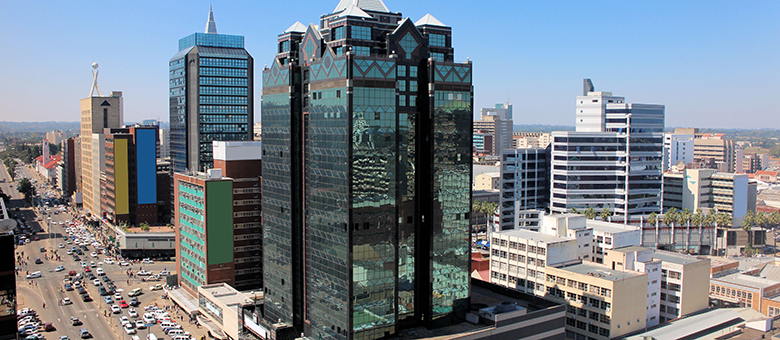Zimbabwe
Zimbabwe, formally the Republic of Zimbabwe, is a landlocked country in Southeast Africa located between the Zambezi and Limpopo Rivers. South Africa borders it on the south, Botswana on the west, Zambia on the north, and Mozambique on the east.
According to Worldometer’s elaboration of the most recent United Nations data, Zimbabwe had 15,269,397 inhabitants as of Saturday, May 21, 2022. Emmerson Mnangagwa was inaugurated as Zimbabwe’s president on November 24, 2017.
Zimbabwe has a mixed economy, with little individual freedom but a lot of government involvement in the economy.
Agriculture employs and pays 60 to 70 percent of the population and generates 60 percent of the raw materials required by the industrial sector and 40 percent of total export revenues. Agriculture accounts for around 17% of Zimbabwe’s GDP.
Zimbabwe’s mining industry is quite diversified, with roughly 40 distinct minerals exploited. The primary minerals include platinum, chrome, gold, coal, and diamonds. The country boasts the world’s second-largest platinum deposit and high-grade chromium ores, with about 2.8 billion tons of platinum group metals and 10 billion tons of chromium ore. Mining, cement, textiles & footwear, wood goods, and a few more are among the important industries.
Zimbabwe is a young country, with 62% of the population under the age of 25. However, as part of the nation’s numerous development projects and initiatives, several critical young issues (social, economic, and cultural) must be addressed.
Zimbabwe Vision 2030, Zimbabwe Strategic Plan 2020-2024, National Development Strategy 1 (2021-2025).
Business opportunities in Zimbabwe
The mining industry is a substantial contributor to the nation’s economy, with large investment opportunities in the gold, platinum, and diamond mining industries. Agriculture is another key business in Zimbabwe, with opportunities for investment in agricultural production, animal husbandry, and agro-processing.










